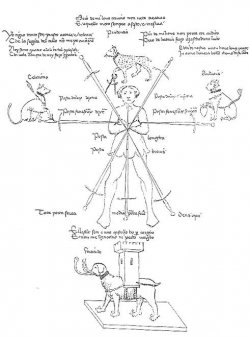Rumy73
Black Belt
You're still not answering the question. Let me ask again. Why would someone leave a student in the dark? I mean really...what possible thing could be gained from doing that? Stringing the student along, prolonging the BB test, so the teacher keeps getting money? If thats the case, then thats a mcdojo, and I'd run away..fast!!!
As for this 'myth', well, I'm sorry, but I've been training for over 20 yrs in the arts, and I've never seen a dojo like you describe, other than a mcdojo. Each and every dojo that I've trained in, the teacher told the student when they were ready, not the other way around. My teacher is very traditional, very old school, and is Japanese. I wouldn't dream of asking when I could test, for ANY rank, let alone BB, and I doubt any other student there would either. It's not done out of fear, its done out of respect!
Anyways, I'm done for now with this thread, at least until I can get a straigh answer from the question I asked you.
Food for thought: I know some teachers are who are the hyper opposite of McDojo and set standards too high, rarely testing students. These are very few and far between, but they are out there.
The problem with MA is almost every place in the U.S. wants the student to sign a contract. As a student, you really do not know what you are committing to until a few months into it.

